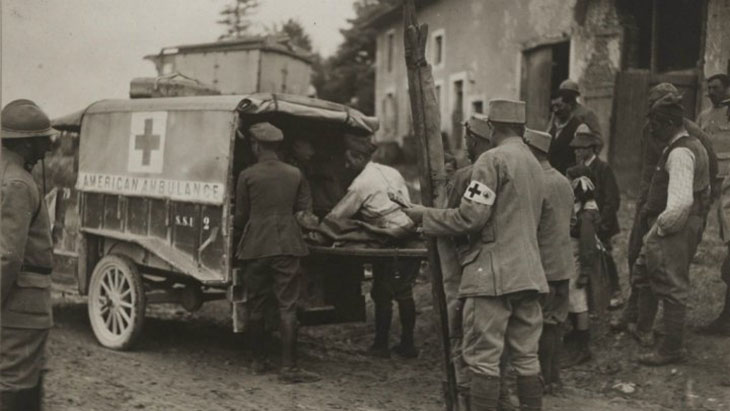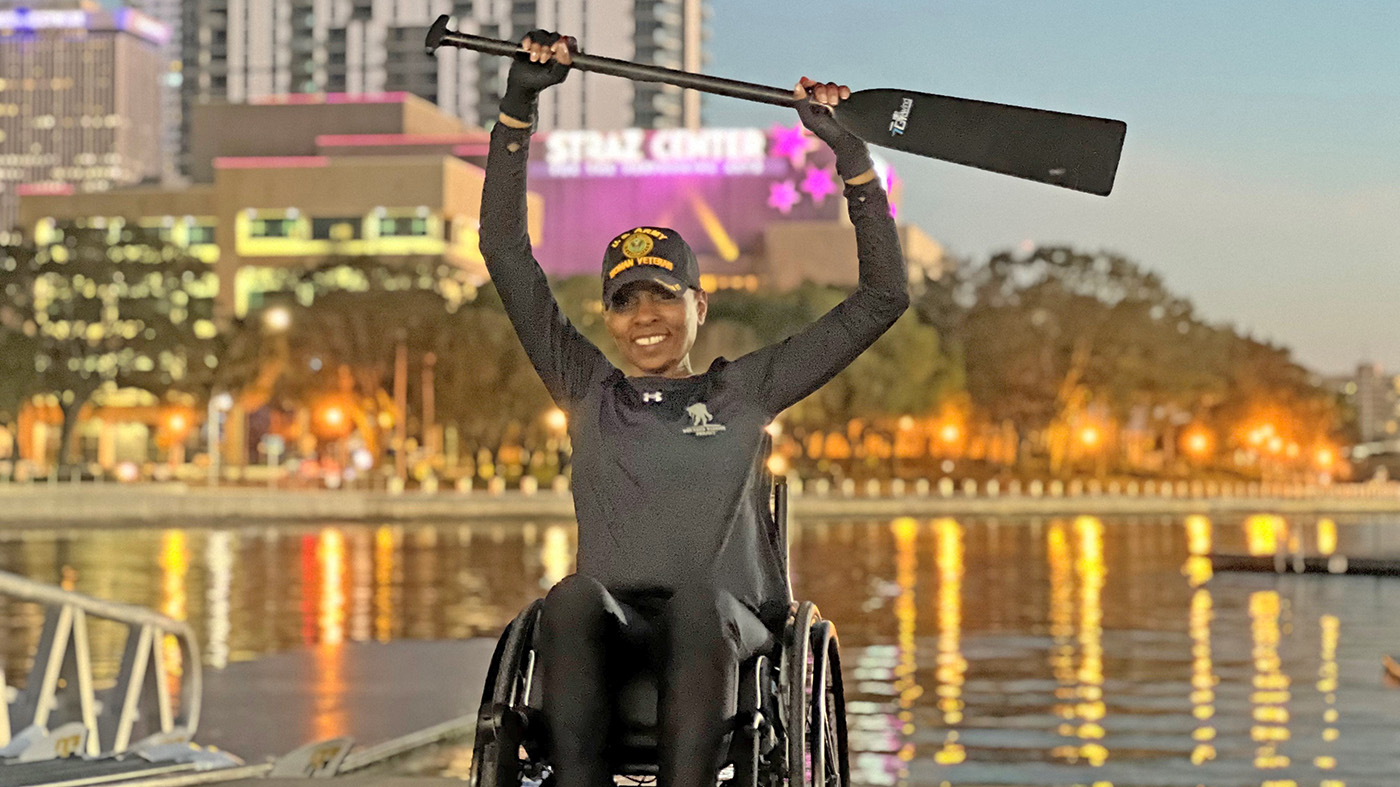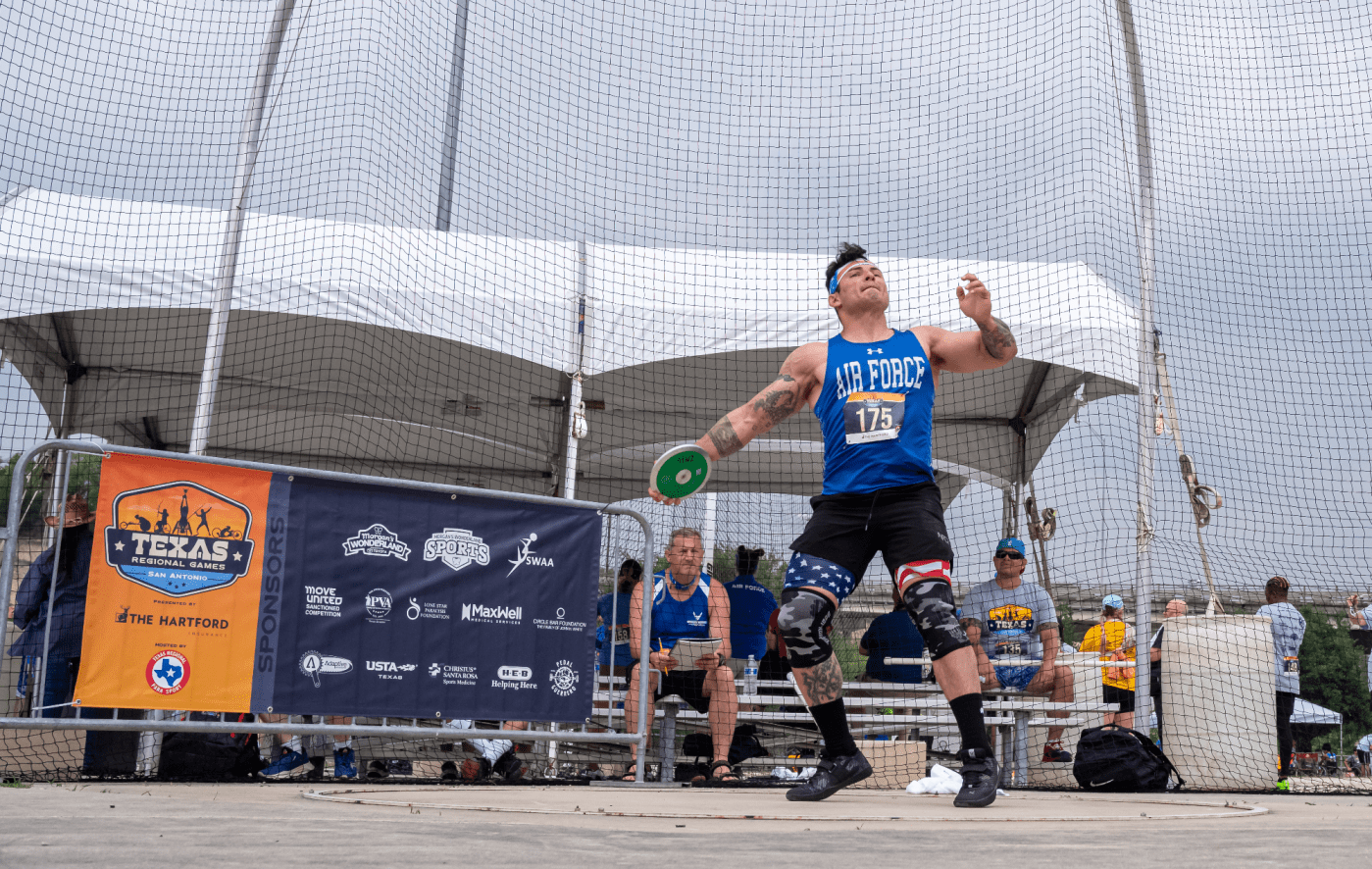Recalling the American volunteers in the Battle of Verdun
The following article was originally posted on the U.S. World War I Centennial Commission’s website.
This week marks the centennial of the Battle of Verdun, which began Feb. 21, 1916, and ran for 303 days. Verdun became one of the longest and costly battles in human history. In the battle, some 800,000 people were killed, wounded or were declared missing.

During the initial stage of the war, several American ambulance organizations were created in France. The American Field Service (AFS) was one of them. In Verdun, nearly 2,500 AFS volunteers helped to evacuate some 400,000 wounded French. Some 127 were killed during the battle. The combat protocols and medical methods established by these American ambulance drivers had a lasting impact on the emergency services during wartime. The model set up by the AFS was used by the American Army for many years as a standard.
Similarly, the American aviators of Verdun also created an important legacy. Like the American ambulance drivers of the AFS, these aviators skirted America’s neutrality in the war by going to France and joining locally-created organizations. The Lafayette Escadrille was created in 1916, after Dr. Edmund L. Gros, medical director of the American Field Service, convinced the French government to create air units fighting for France, made up of expatriate American fliers.

These American volunteers were remembered in France with memorials after the war. On July 4, 1923, the president of the French Council of State, Raymond Poincaré, dedicated a monument in the Place des États-Unis, Paris, to the Americans who had volunteered to fight in World War I in the service of France.
Later, in 1928, the Lafayette Escadrille Memorial was dedicated at the Villeneuve-l’Étang Imperial Estate, in Marnes-la-Coquette, Hauts-de-Seine, outside of Paris, France. A joint French-American effort to refurbish the Lafayette Escadrille Memorial is nearing completion, with re-dedication of the monument planned for April 2016.
Mint announces WWI Coin Design Competition
In related Centennial news, the United States Mint is calling on American artists to design a coin, to be issued in 2018, that will honor the accomplishments of heroes on the front line and the home front. The 2018 World War I American Veterans Centennial Silver Dollar will serve as a tribute to the bravery, actions and sacrifices of Americans a century ago, while providing a tangible touch point for generations to come. Learn how you can enter here and watch the video below for more on the competition.
This article was written by the U.S. World War I Centennial Commission was originally posted on the U.S. World War I Centennial Commission’s website.
Topics in this story
More Stories
Army Veteran Malika Montgomery says one of the things that helped her live her best life with multiple sclerosis was surrounding herself with positive people.
Acknowledging the issues that Veterans face and working toward solutions is crucial for ensuring they have the support they need to thrive in civilian life.
Last year, Move United hosted 26 adaptive sports competitions in 22 states for 1,537 individual athletes. This year, that number is increasing to 35 events in 24 states for even more Veteran athletes.





